One of the simplest and most inexpensive ways to decorate your home is with natural elements. Use natural materials from the outdoors and colors inspired by nature to decorate for any season. If your space could use s breath of fresh air, follow these tips and get this organic look in your home.
- Use unique pitchers or containers to keep flowers in to give any bouquet a fresh look.
- Add three-dimensional antlers or any kind of faux taxidermy to your wall to break up some of your framed pictures on your wall.
- Gather some branches in your backyard to put in a vase to make a centerpiece for your table. You can also use a piece of driftwood for a centerpiece as well.
- Use a large twisted branch to hang on the wall to add some modern dimension to a room.
- Use clear glass lamps and fill them up with pinecones, seashells and sand, moss, or anything else you can find.
- You can also use bowls or trays to fill up with the pinecones or shells.
- Hang artwork with an earthy theme to hang on your neutral colored walls.
- Place a collection of small green houseplants in different sized pots on your wooden table to add some natural character to your dining room.
15 Ways to Decorate with Natural Elements [Ebay]
Decorating with Natural Elements [Better Homes]
12 Easy Decorating Ideas Inspired by Nature [Houzz]
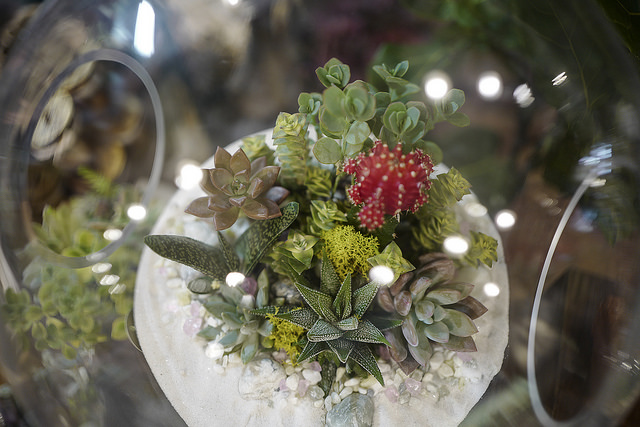
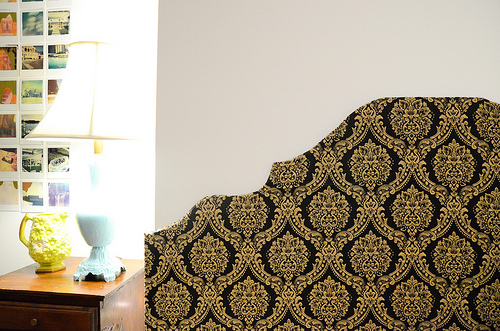



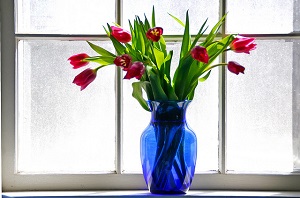
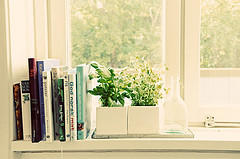
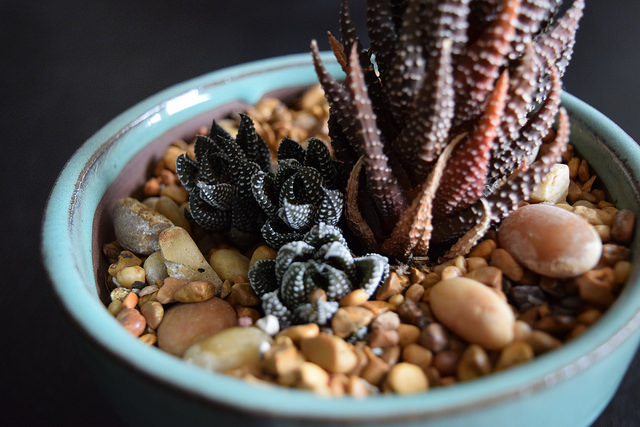
 Equal Housing Opportunity
Equal Housing Opportunity